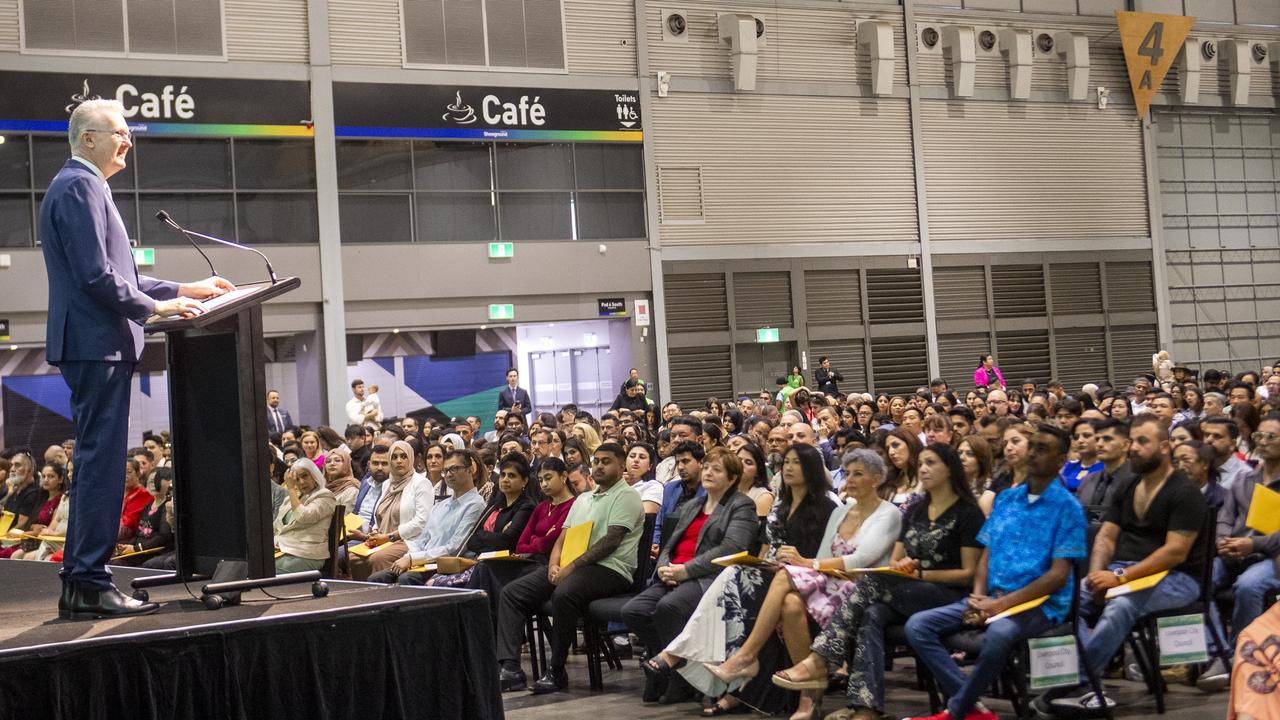Angus Gray: Sydney Children’s Hospital needs to go its own way
The vote by senior medical staff at Sydney Children’s Hospital to leave the Network was the regrettable result of years of frustration and mistrust, former chair of Sydney Children’s Hospital Senior Medical Staff Council, Angus Gray, writes.
- Doctors support split from children’s hospital network
- Surgeon says Sydney kids will die if spat continues
The vote taken Wednesday night by 144 senior medical staff at Sydney Children’s Hospital to leave the Network was the regrettable result of years of frustration and mistrust in an Executive and Board.
The amalgamation of Sydney Children’s Hospital (SCH) and Children’s Hospital Westmead (CHW) in 2010 was intended to bring children’s health in NSW to a prominent position and ensure it received appropriate funding to deliver the best care possible.
The Sydney Children’s Hospital Network was created with the unique arrangement of a single administration running both hospitals.
Concerns were raised about the risk of an unequal relationship between the two and loss of services at SCH.
“Neither hospital would be diminished by the process” is what was said by the then-chief executive of the Network, Elizabeth Koff, at the time.
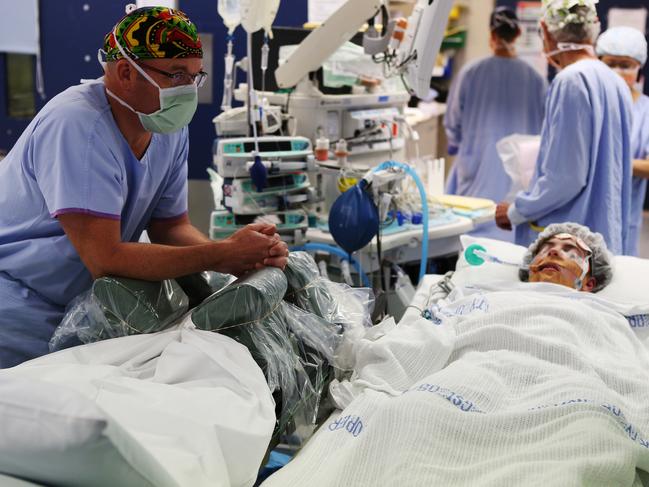
Many departments co-operated well in the new environment, but kept independent, local management and control.
However, cardiac surgery and cardiology became a single Cardiac Services department across both sites.
The executive and the board committed to surgery continuing at Randwick, with our in-house surgeon and other specialists co-operating with Westmead surgeons and cardiologists to work at both sites and provide a sustainable service on a regular basis.
Over the ensuing years, we became dismayed as the service (both surgical and medical) slowly decayed under the watch of the CHW based Network directors.
MORE OPINION:
Relaxing lockout laws will lead to more violence
Parents need to protect their teens, not party with them
Why the ALP should re-engage with people of faith
Cardiac referrals from both SCH and sick newborns at Royal Hospital for Women began to be diverted to CHW for their treatment. Operating lists at SCH remained empty, despite a waitlist crisis at CHW. There, cardiac surgery was frequently cancelled.
In late 2017, after a torrid 2GB radio interview with the chief executive of the Network, the NSW government responded by providing CHW with more post-operative cardiac beds and staffing, costing millions of dollars. The unused Randwick resources were ignored.
Our concerns were strongly voiced. In multiple open and closed meetings we were told that delays in improving the service were due to various issues.
When one concern was addressed, another reason was found why not to operate at SCH. More network cardiologists and surgeons were appointed, but based at CHW. When asked for timelines, case numbers and case mixes, including neonatal surgery, we received vague answers, with no commitment.
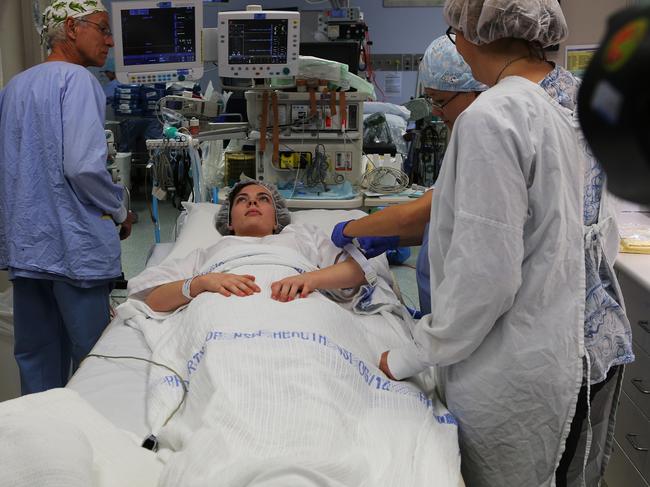
By 2018, we saw the appalling situation where 24/7 cardiology cover could not be provided at our hospital and referrals to the SCH cardiac surgeon dwindled to near zero.
At that point, the SCH Senior Medical Staff Council passed a vote of no confidence in the directors of the Cardiac Network Service.
Another major review of Cardiac Services was set up.
We provided data to show the excellent outcomes of our cardiac surgery. No recommendations were made by the report, but supposed “barriers” were identified. Another committee was set up. This consisted largely of the CHW clinicians who openly opposed surgery at SCH.
The chair of the SMSC, Sue Russell, myself and others met with and wrote to the executive and the board many times. We were told to “trust the process”.
We had been trying to co-operate, over years, despite their failure to support cardiac surgery at SCH.
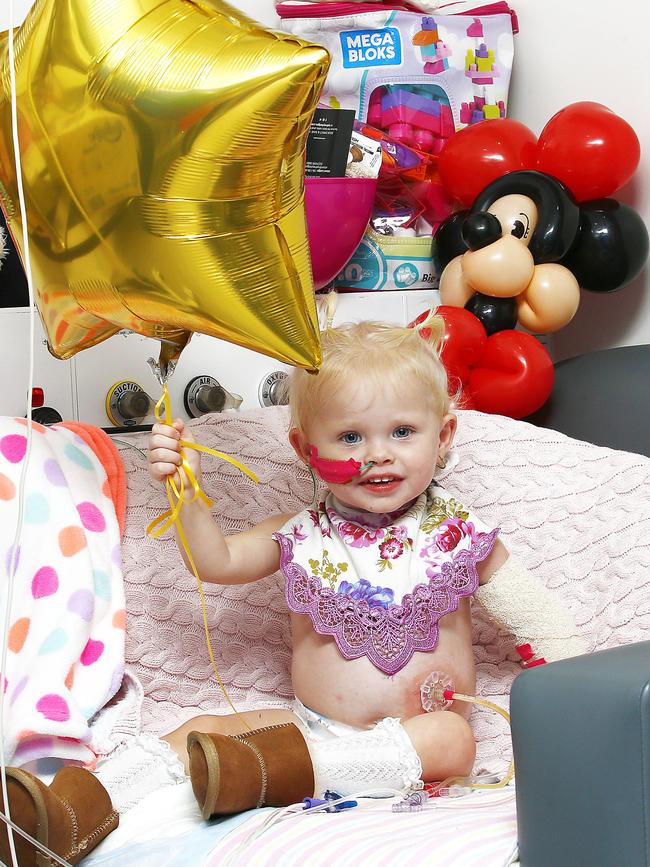
Over the past 12 months, members of the senior medical staff met with the Minister of Health four times. We were reassured, in writing that cardiac surgery would continue at SCH. No progress was seen.
On January 18, this year, the minister was informed by letter that a vote of no confidence in the executive, the board and the Network was to be held on January 24. The three motions were passed with more than 80 per cent of the vote.
The minister then commissioned an external review of the Network governance and a separate mediation process for cardiac surgery. Both groups finished the consultation process in April. The Governance Review Panel was specifically told by the Ministry of Health to not include the governance of cardiac services, despite this being the main concern at SCH.
Wednesday night, the senior medical staff of SCH decided not to wait for the publication of the review. A meeting was held, attended by 135 doctors, nurses and allied health staff. They had received in the weeks before, a comprehensive document outlining the history of the problems with the Network. Several medical staff spoke and the floor was open for discussion.
There was widespread anger over the management of the Network, the misinformation from it and the clear attempt to downgrade SCH. A secret ballot to leave the Network was then held among the members of the senior medical staff council. Of the 148 who voted (some by postal vote), 129 (over 87 per cent) opted to leave, 14 wished to stay and there were five abstentions.
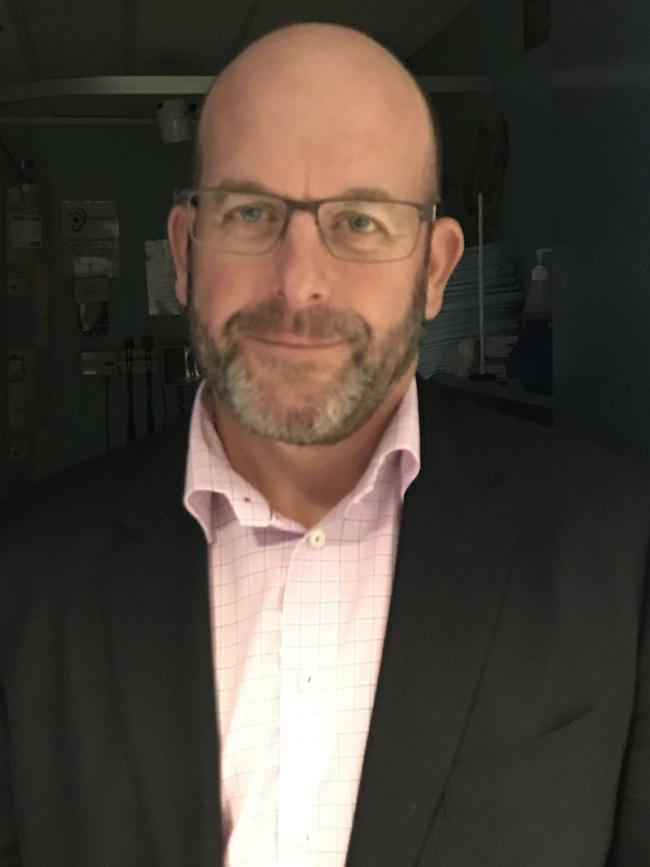
The centre of our argument is that to provide the best care for the children that come to our hospital, we need all the essential services of a tertiary children’s hospital.
Cardiac surgery is essential. Children born with cardiac defects, those with severe chest infections or injury, those with some chest tumours or suffering complications of chemotherapy may all need emergency surgery. Transferring those children across Sydney, or waiting for a team to come from Westmead will risk their lives. This is completely unacceptable.
In a city of 5.7 million people, two fully functioning children’s hospitals are necessary. SCH is responsible for 40 per cent of the admissions to a paediatric unit in NSW and 80 per cent of the critically ill children who require statewide emergency retrieval come to our hospital.
What we are asking for is a restoration of our autonomy and comprehensive services.
To do this, we see the only viable option is to leave the dysfunctional Network.
Our vision is for the Ministry of Health to create a “super campus”, with our co-located Prince of Wales and Royal Hospital for Women, in conjunction with the University of NSW. A total of $609m has already been committed by state and federal governments, the University, the Children’s Cancer Institute and the SCH Foundation for an extensive redevelopment of the three sites.
We see this as the golden opportunity to fully develop our capacity to serve the families of Sydney and the state.
* Angus Gray is an orthopaedic surgeon and former chair of Sydney Children’s Hospital Senior Medical Staff Council

